This weekend, watching Casa's P1000 matches via Facebook Padel, I was surprised to see that there was little audience at the edge of the field and few people watching at the same time as me. We were around 80 people to watch the final, especially professionals from padel, players, equipment vendors or others.
Of course, Padel Magazine provides superior visibility to an event. We can see figures that are sometimes much better during retransmissions. The number of impressions (Impressions measure the number of views of a publication) on Facebook often exceeds tens of thousands of people. So inevitably, it remains very interesting.
But I wondered whether organizing a tournament was profitable?
In this article, I do not want to raise any controversy, but simply to react on the state of padel in France.
Every week we promote upcoming tournaments and we provide feedback on the results of each tournament so that all enthusiasts are informed of the activity. padel. Our goal is to invite you to get closer to the clubs as players, but also and above all as spectators.
We frequently announce, and we hear it on all networks, that the padel is the fashionable sport, which has its membership in constant increase. But wouldn't it only attract gamers?
I would like to take a simple example:
A club with 4 lands decides to hold a P1000 on 2 days, Saturday and Sunday. On Saturday he decides to make chickens and Sunday the final table. For the hens, 4 pools of 4 teams, and for the final table we will say at least 8 more teams, seeded. In total we have 24 teams.
The commitment is almost the same between a P100, P250, P500 or P1000. So 24 teams of 2 people multiplied by 20 € on average give 960 € of commitments. Since we will have sponsors who will help finance the tournament, I will get at least 500 € more, a total of 1460 €. For a P1000, I have to donate at least 1000 € in donations, I get into my fees and even earn a little. I can even tell myself that the public will be attracted by the seeded and that I would gain money on the spot with the sale of drinks and catering.
But this is not the case
Sorry to say that, but the seeded, our best French players (which I really admire) do not move crowds (for now). So why would a club bend over to make a P1000 with great players who do not bring the audience? For prestige?
Currently, I think the P250 and P500 are the tournaments that attract the most players. We feel more identified in these tournaments than in P1000 where we have no chance. The positive point of these tournaments are the pools. If you play hens, you will play padel even if you lose. For the clubs, the P250 and P500 allow to earn even more money because the endowments in the end are lower for the same number of players at the start.
The Padel Tower ?
They have created in recent years several tournaments grouped into a competition: National Padel cup, Padel Infinity, My Padel Tower, Head Padel Turn and I pass. In general, these are organizations that are stepping up the competition and looking for land. The clubs let themselves be guided and get part of the winnings. For the assiduous players who follow each step, it is very good because there are often nice gifts, but the first goal is to earn money (cqfd). Once again little or no public.
THINGS TO DO
Only your opinions count, but I do not find it normal that the price of a registration for a P100 and a P1000 is the same. I do not find it normal that higher category tournaments do not attract the public they deserve. As I often write, the padel is a party and I think that for our sport to continue its rise, it is important to attract an audience to the events and to keep them there. You are free to invent but I am convinced that the future of padel and their good health will depend on play and especially on life around the fields.
Julien Bondia is a teacher of padel in Tenerife (Spain). Columnist and advisor, he helps you play better through his tutorials and tactical/technical articles padel.




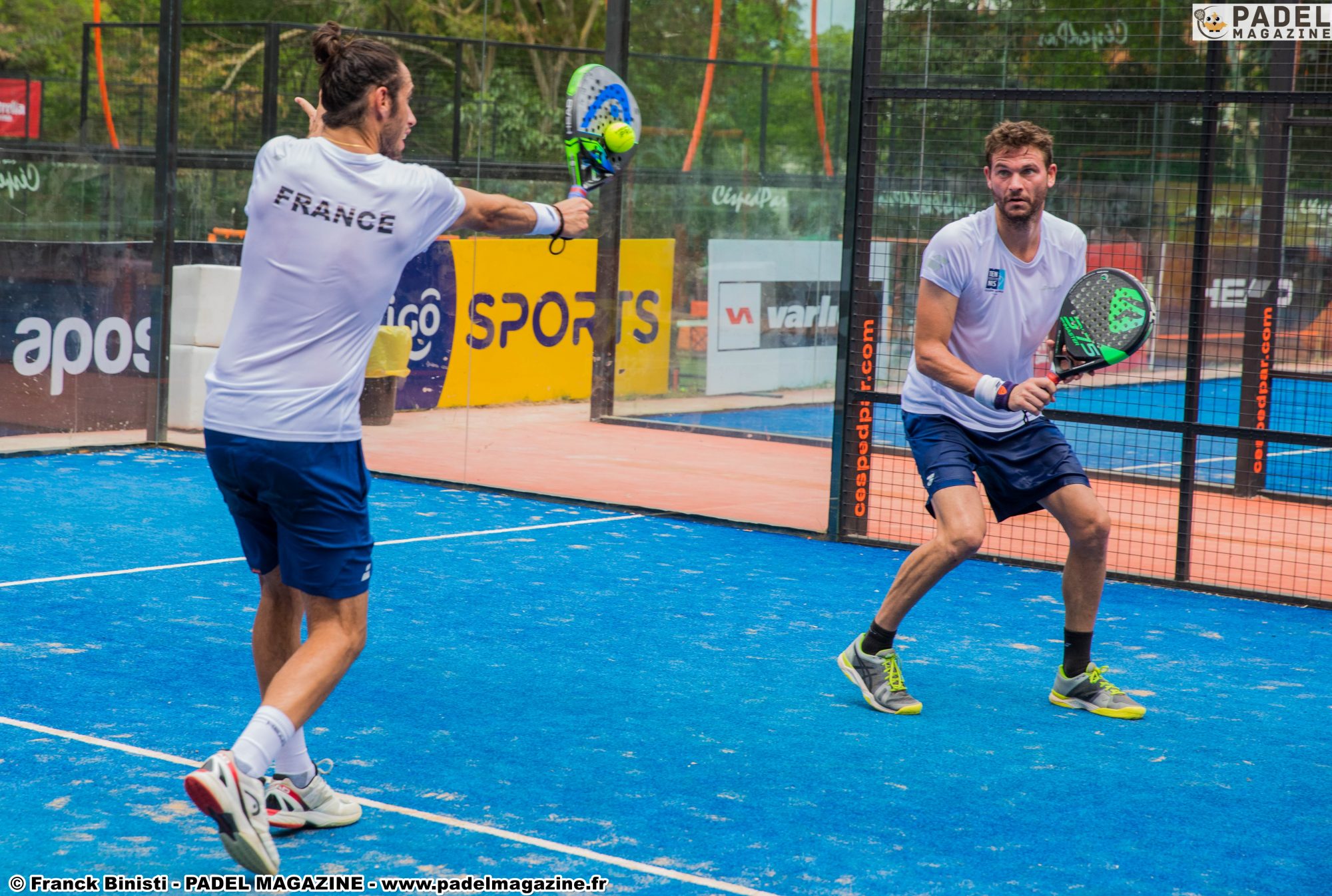
































































































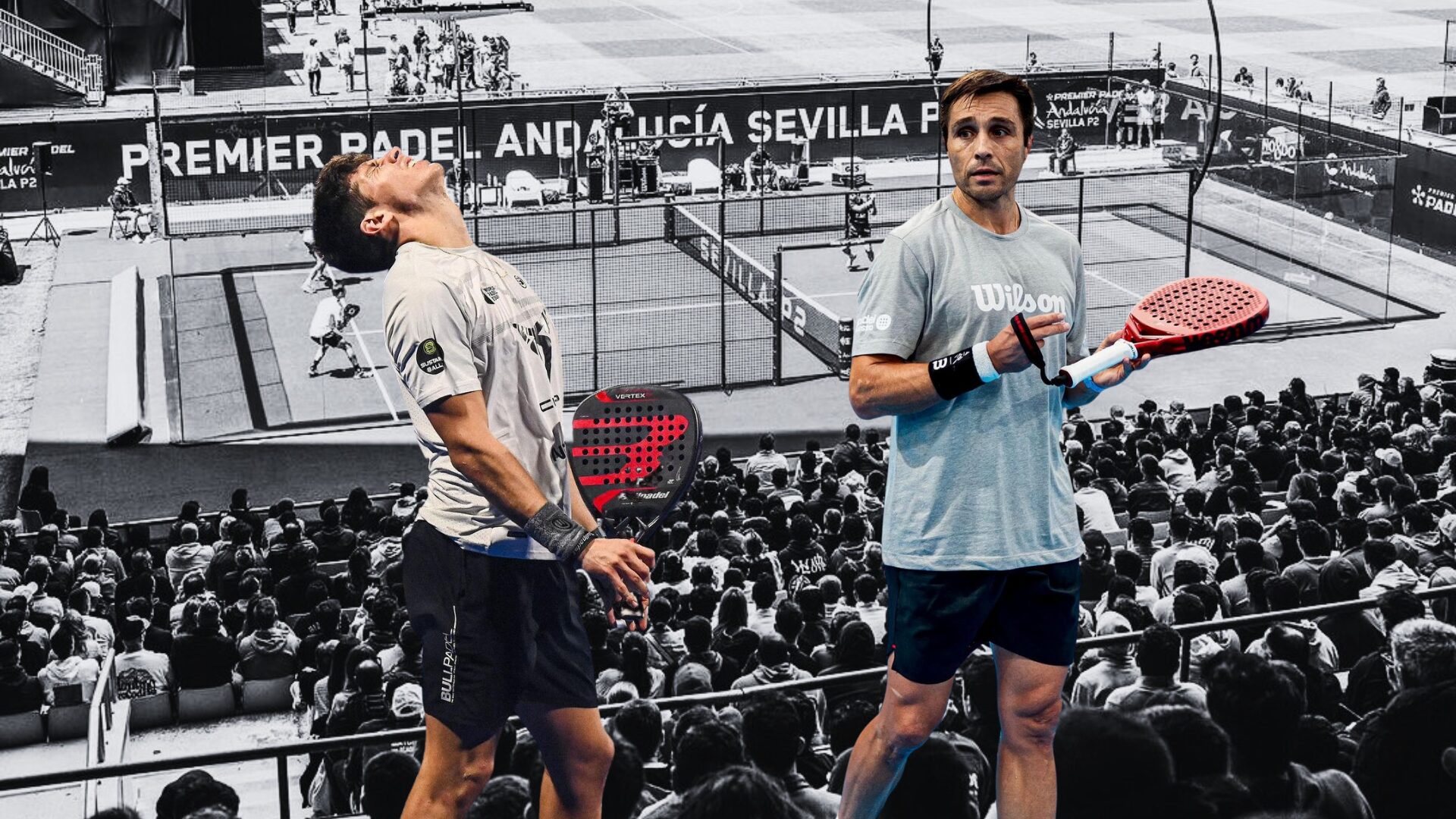 Premier Padel Sevilla Open – The rain prevents Bela and Tello from finishing the work…
Premier Padel Sevilla Open – The rain prevents Bela and Tello from finishing the work…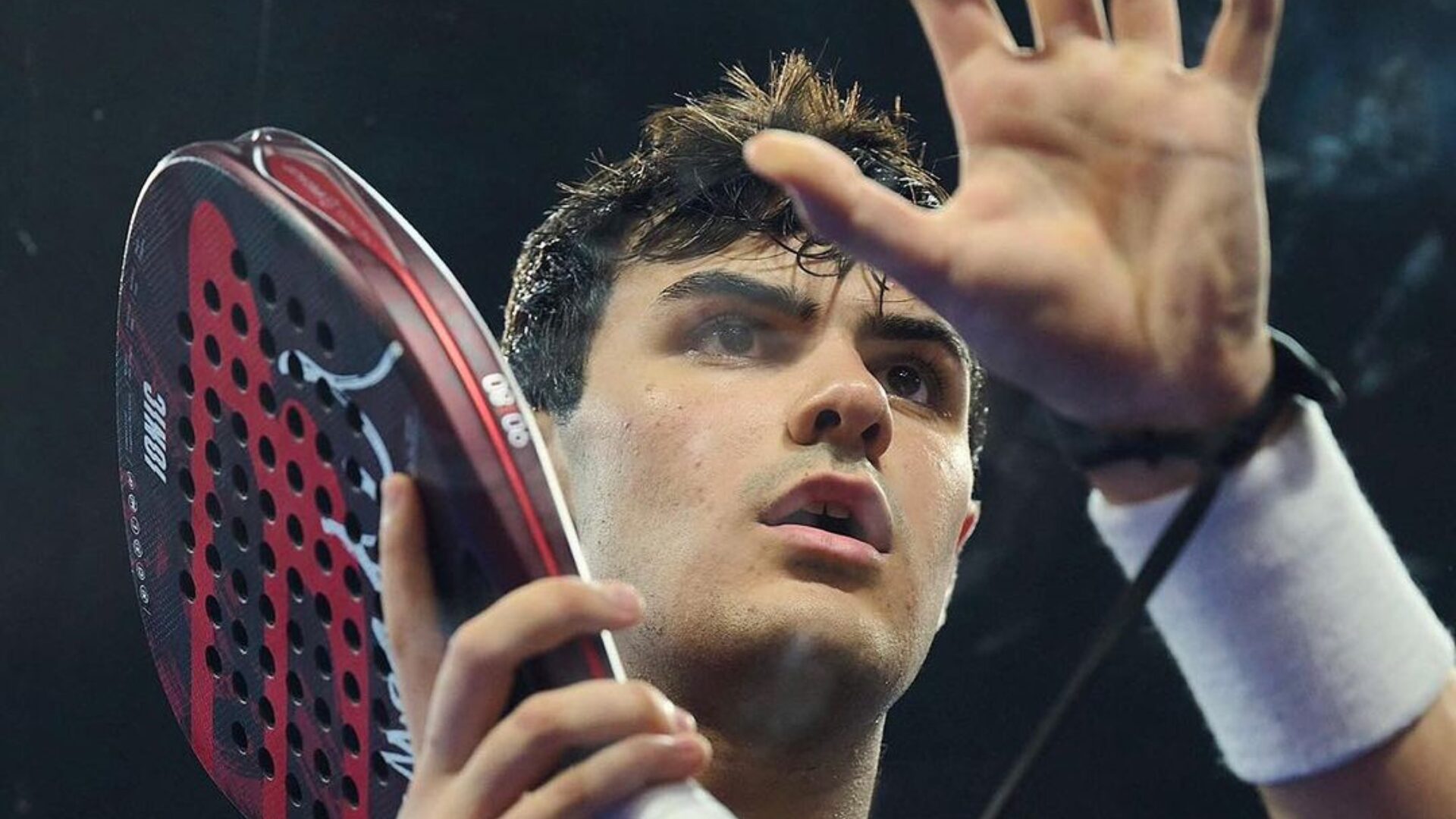 Pablo Cardona, a very big future?
Pablo Cardona, a very big future?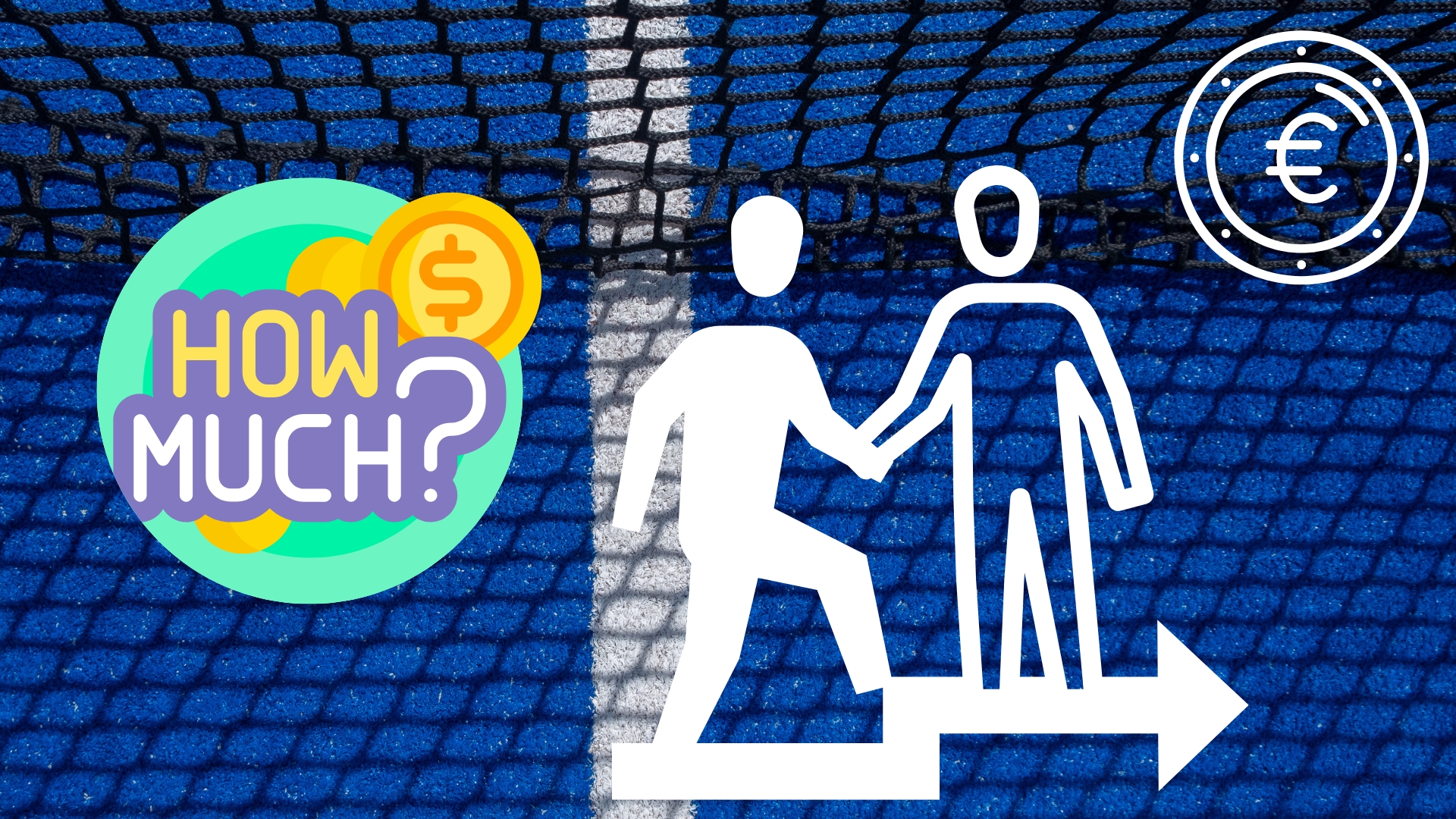 How much does it cost to play with a pro or a coach in a tournament?
How much does it cost to play with a pro or a coach in a tournament?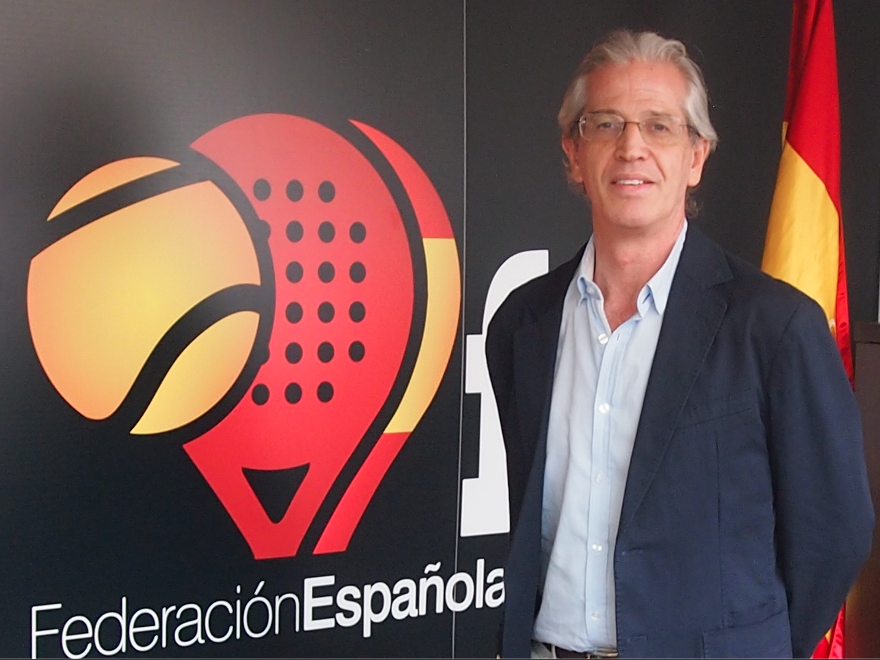 Ramón Morcillo: “I was surprised by France”
Ramón Morcillo: “I was surprised by France” Guillaume Codron: “South Padel, a family project”
Guillaume Codron: “South Padel, a family project” Nallé Grinda: “Democratize the padel in the USA with PadelX "
Nallé Grinda: “Democratize the padel in the USA with PadelX " Simon Boissé: “We know that there are two nations in front of us”
Simon Boissé: “We know that there are two nations in front of us” TeamUp! Talents welcomes a new partner: Padel MagTV
TeamUp! Talents welcomes a new partner: Padel MagTV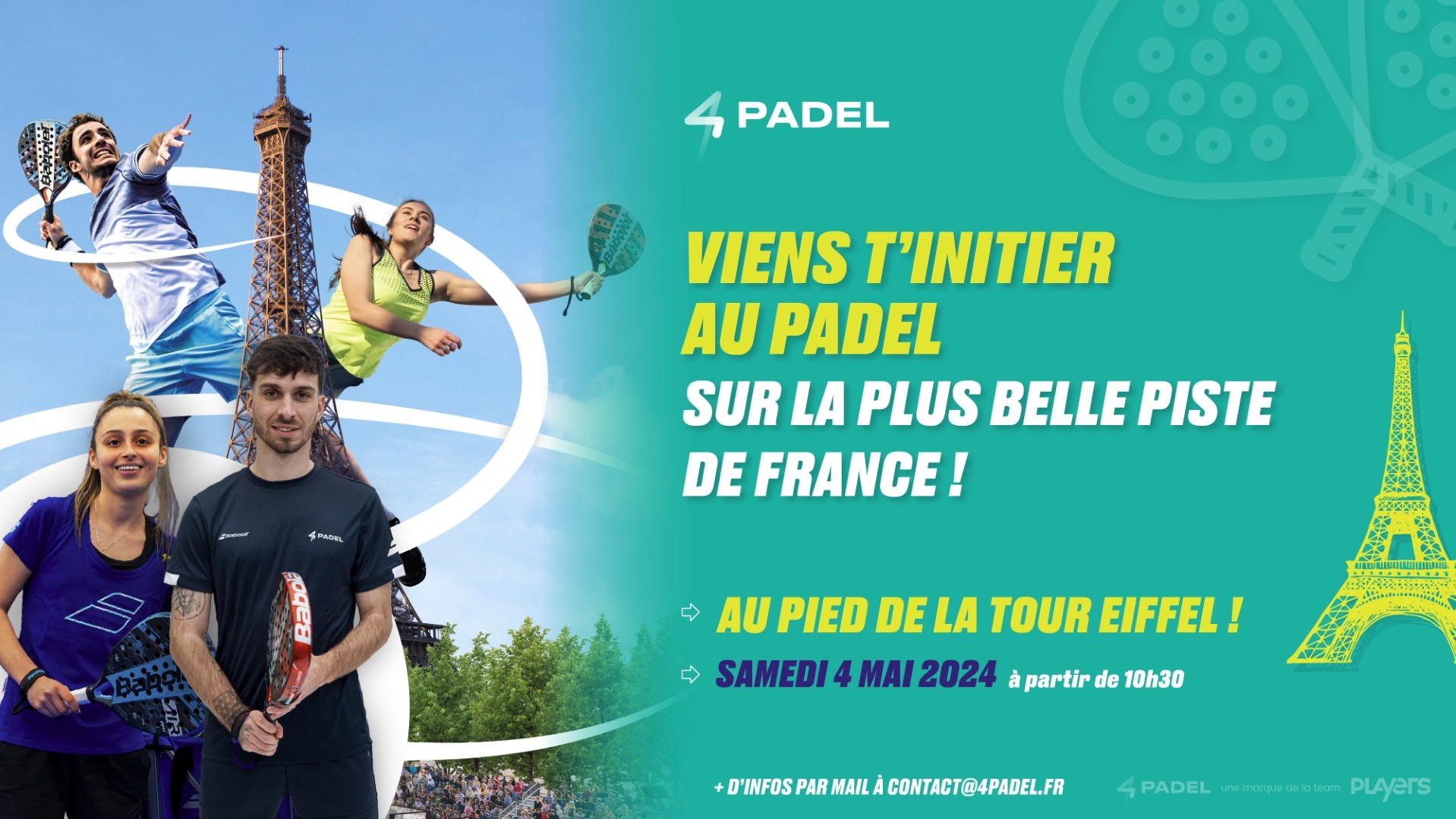 Betclic Remontada Padel : an initiation planned at the foot of the Eiffel Tower
Betclic Remontada Padel : an initiation planned at the foot of the Eiffel Tower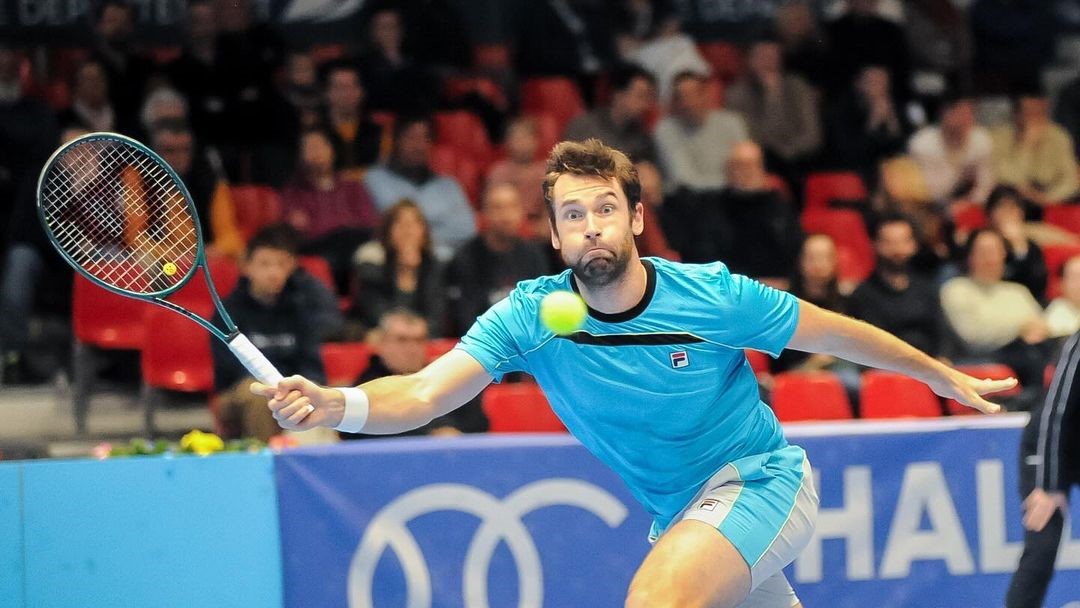 Quentin Halys takes a break with a P250 title
Quentin Halys takes a break with a P250 title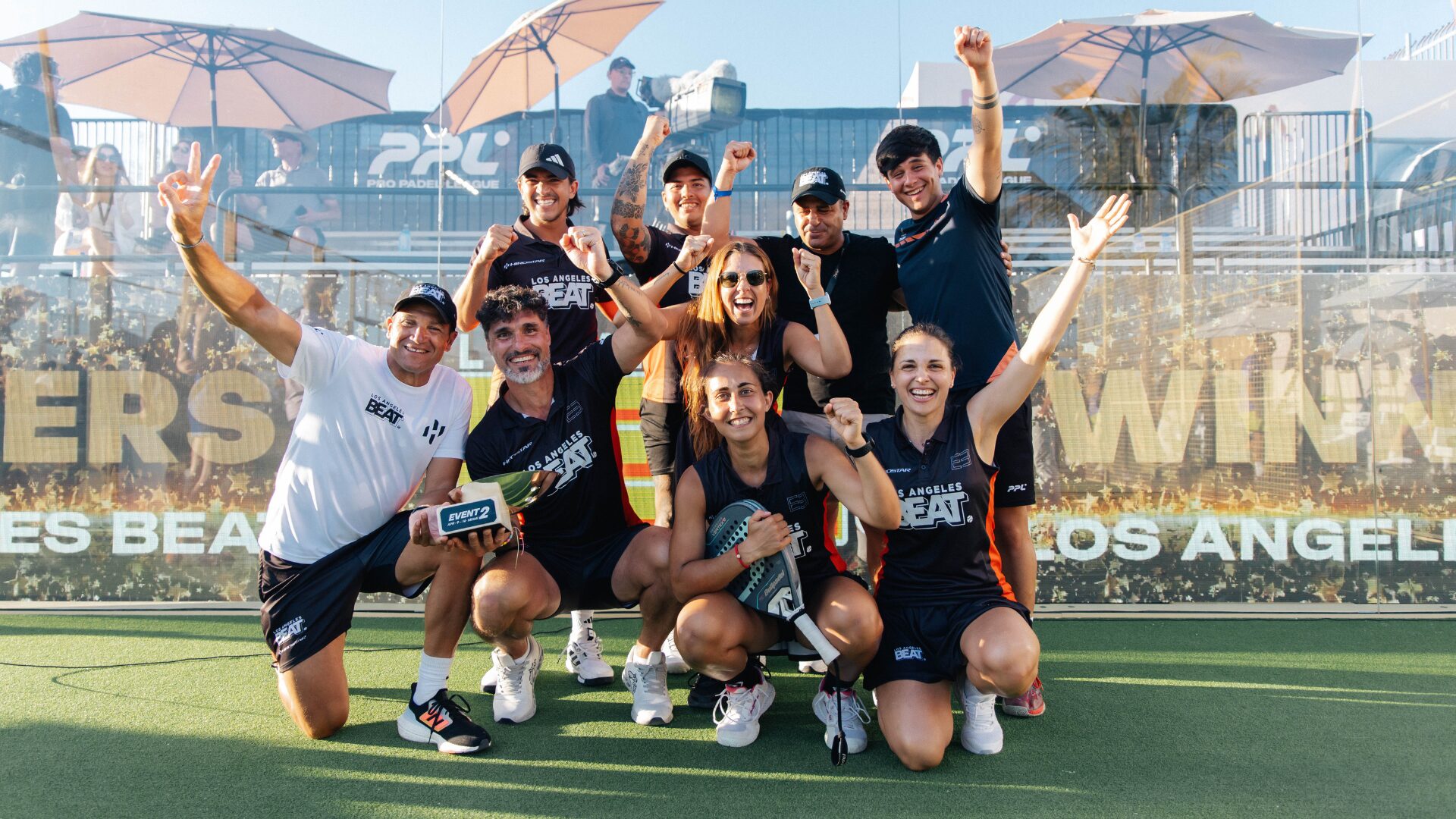 Pro Padel League: update on the ranking after the first two stages
Pro Padel League: update on the ranking after the first two stages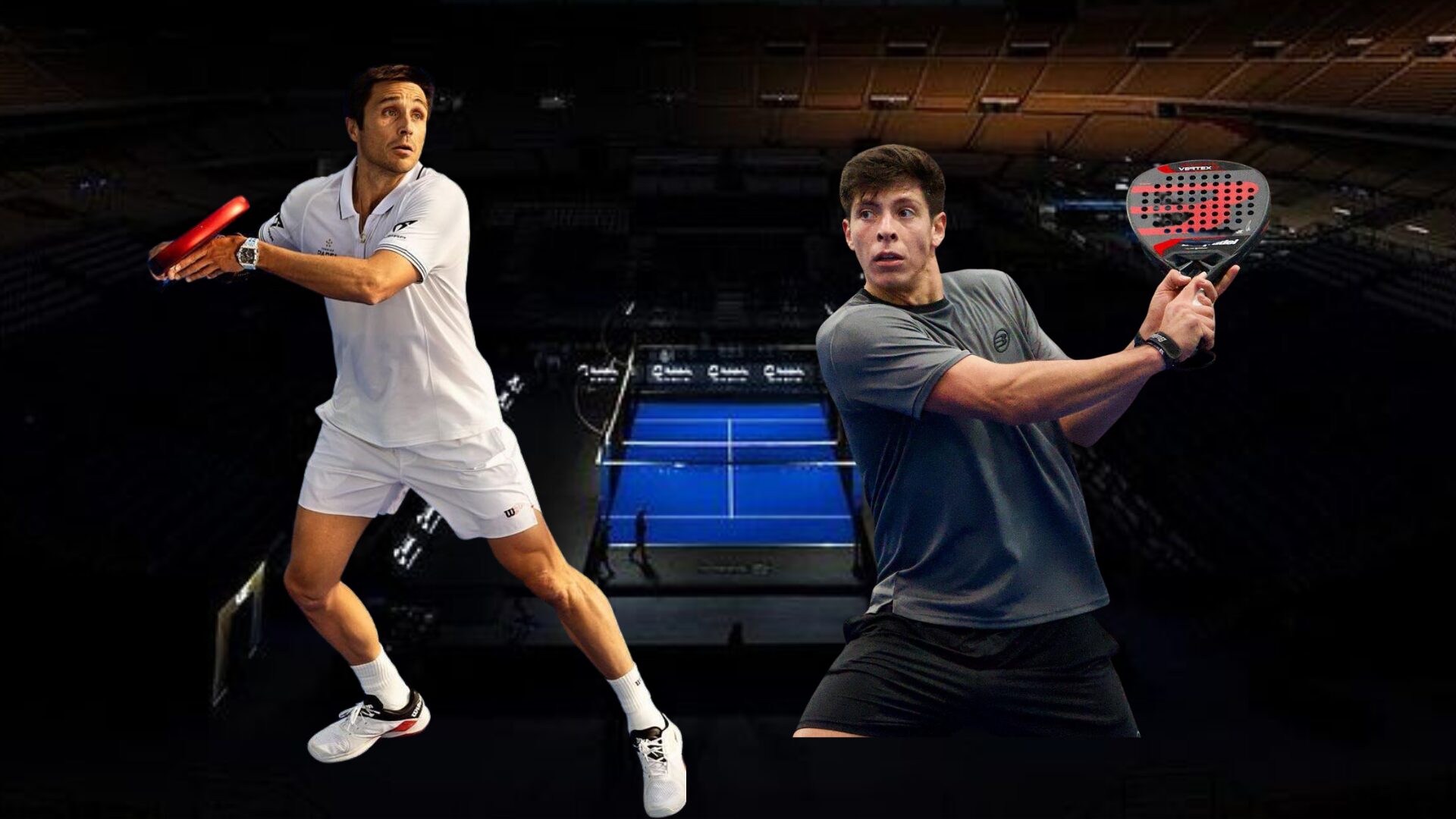 Where and when to see the very first match of the Belasteguin / Tello pair?
Where and when to see the very first match of the Belasteguin / Tello pair?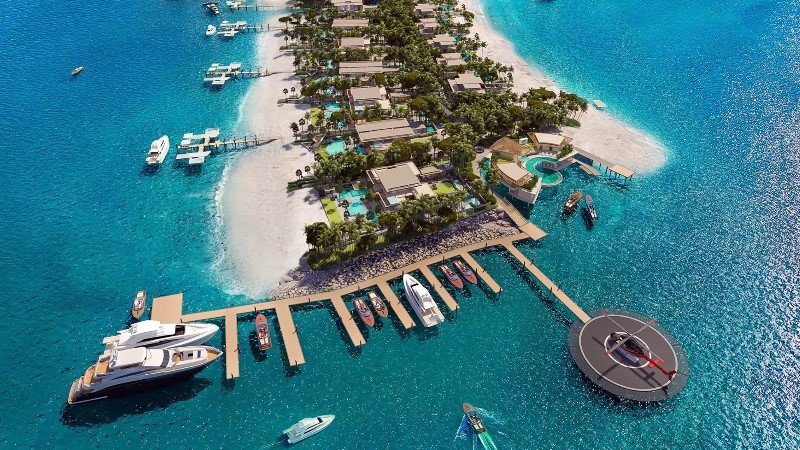 Ultra-luxurious residences with ski slopes padel floating in Dubai
Ultra-luxurious residences with ski slopes padel floating in Dubai José Manuel Escin at the inauguration of Casa Padel DOS: “Finally, and thank you!”
José Manuel Escin at the inauguration of Casa Padel DOS: “Finally, and thank you!” Padel Score comes to Tahiti for American Express Padel Cup!
Padel Score comes to Tahiti for American Express Padel Cup! Do you know the Rafa Nadal Academy Tour?
Do you know the Rafa Nadal Academy Tour?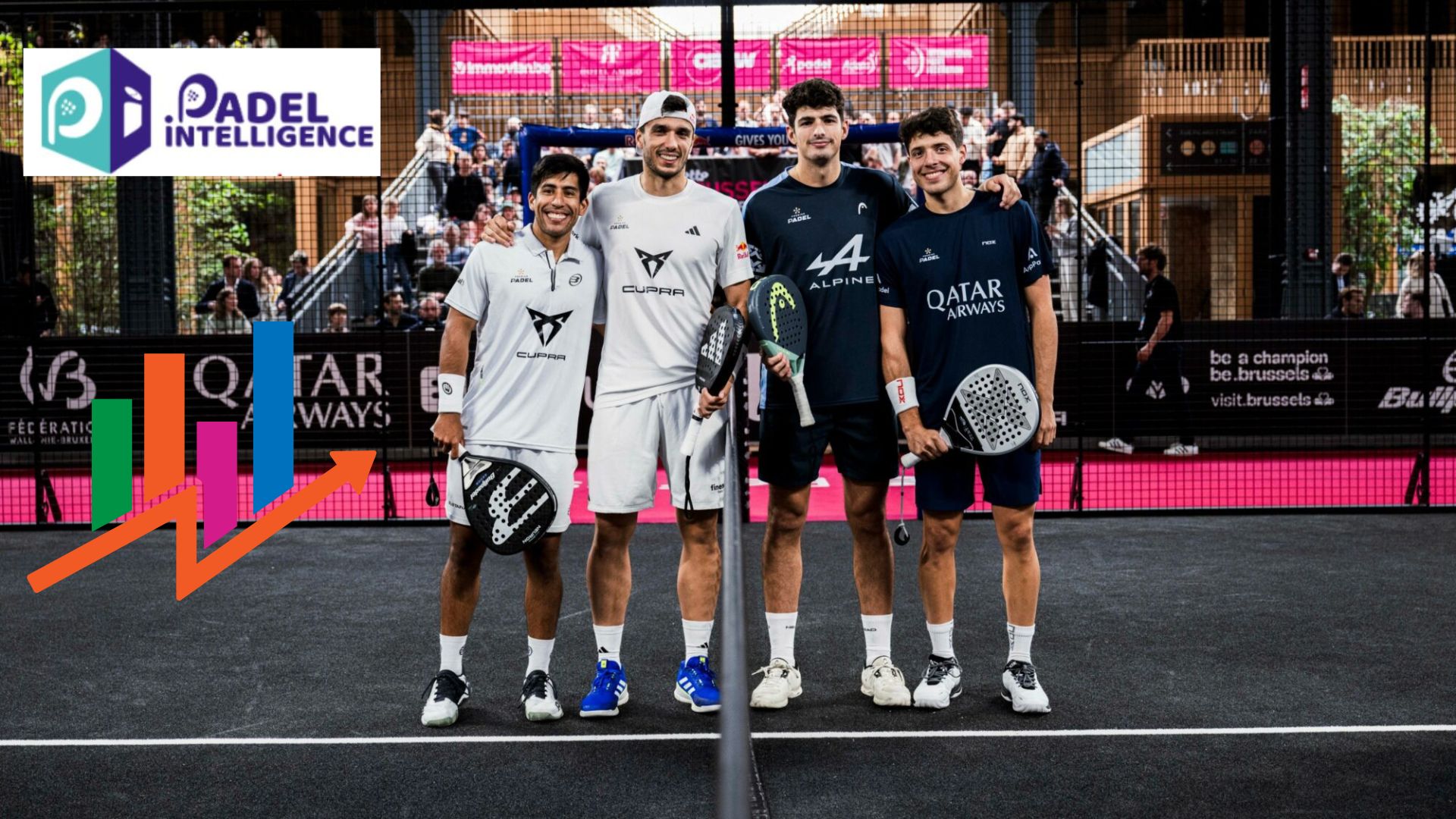 Brussels Premier Padel P2 – the final in stats
Brussels Premier Padel P2 – the final in stats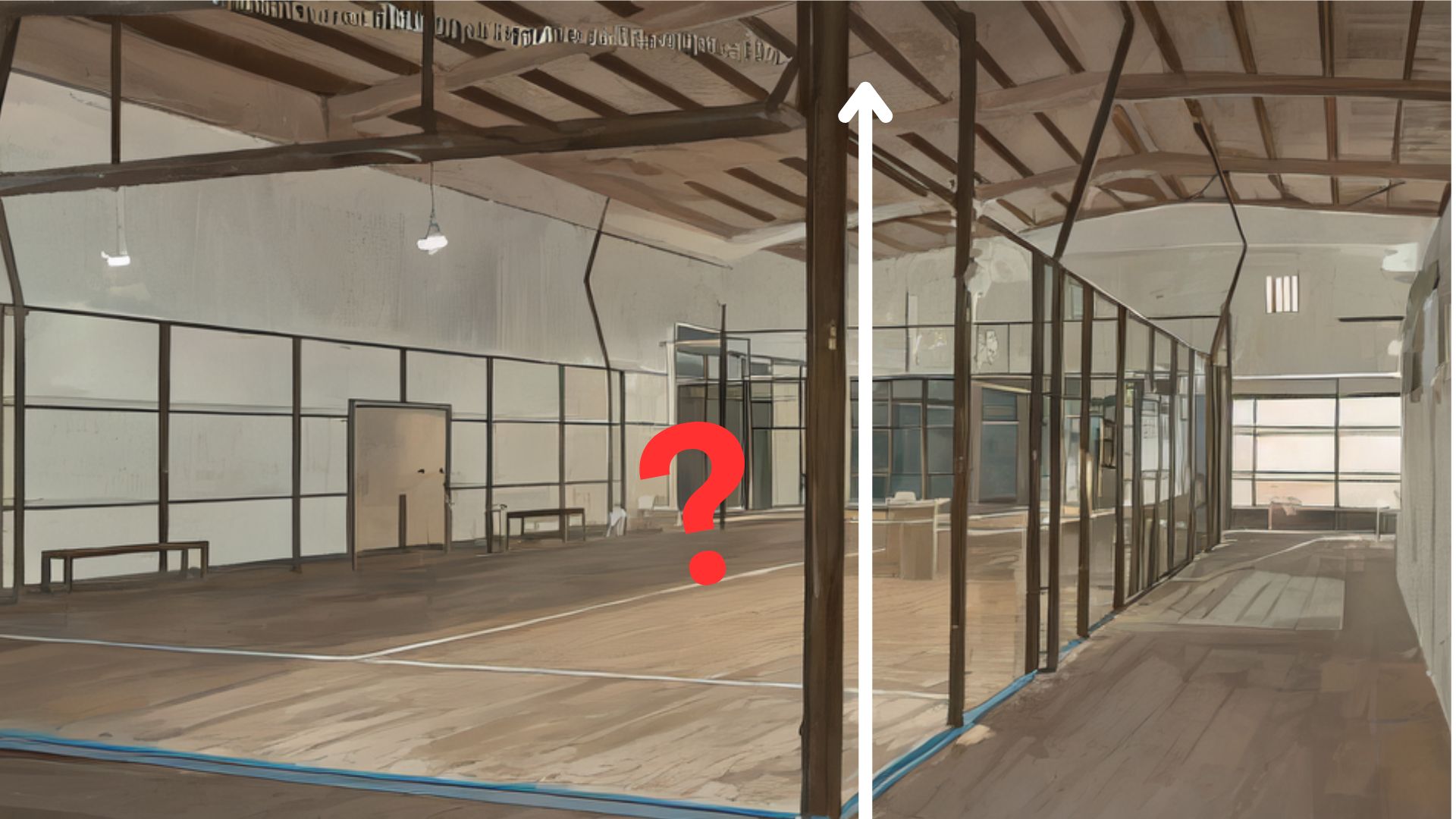 Find out everything about the dimensions of a plot of land padel
Find out everything about the dimensions of a plot of land padel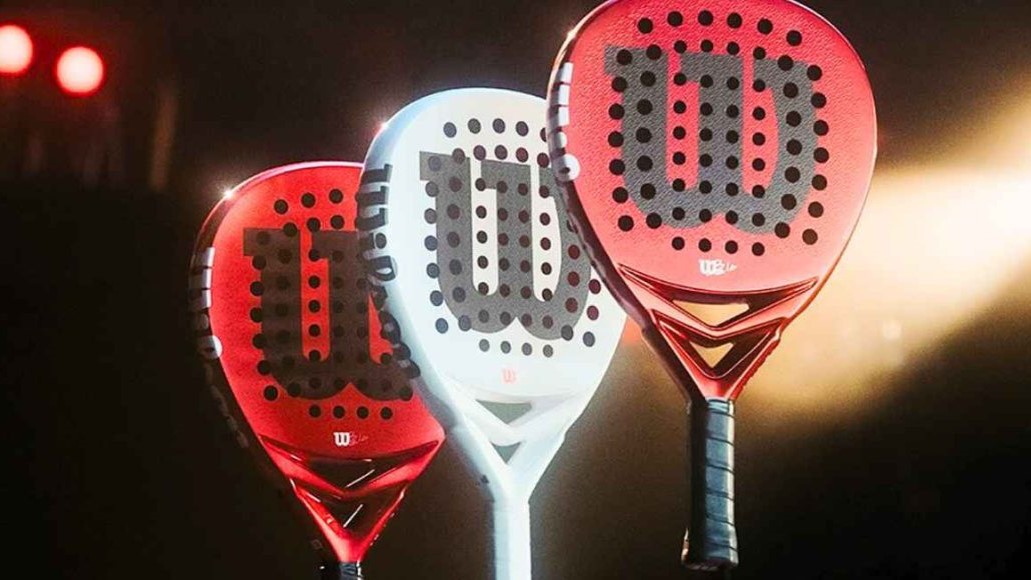 Presentation of the Wilson Bela V2.5 collection
Presentation of the Wilson Bela V2.5 collection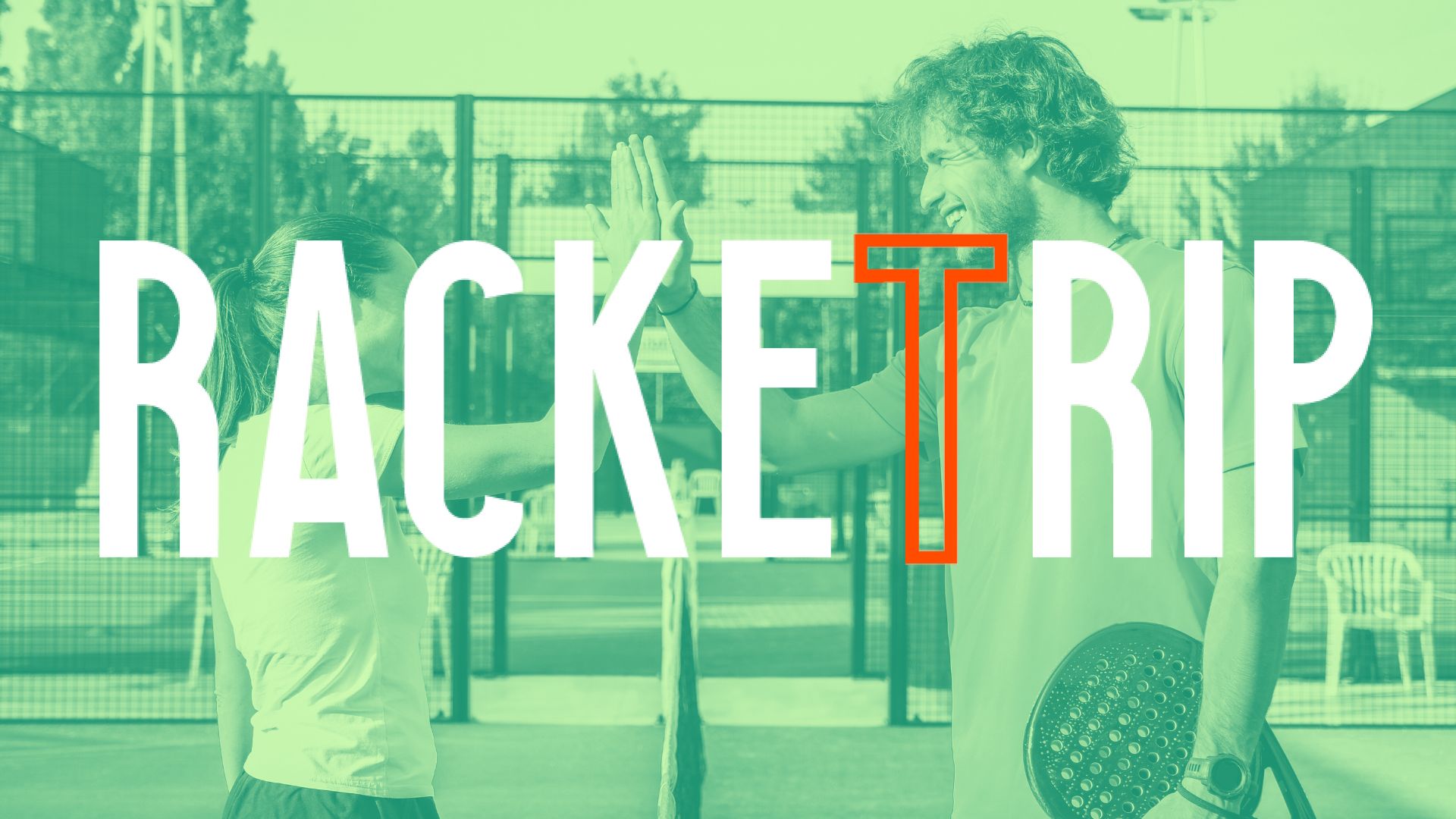 The LinkedIn of racquet sports: Racket Trip
The LinkedIn of racquet sports: Racket Trip At the heart of padel – Episode 25: Paul and Andoni answer your questions
At the heart of padel – Episode 25: Paul and Andoni answer your questions At the heart of padel – Episode 23: defend the window well
At the heart of padel – Episode 23: defend the window well Prohibition on playing topless Padel : the reasons
Prohibition on playing topless Padel : the reasons FIP Tour – Going far from Europe, THE strategy to earn points!
FIP Tour – Going far from Europe, THE strategy to earn points! What is a good football player? padel ?
What is a good football player? padel ? “Lefties give me headaches when I play against them!”
“Lefties give me headaches when I play against them!” At the heart of padel – Episode 14: how to earn points in winter?
At the heart of padel – Episode 14: how to earn points in winter? The basic tactics of padel
The basic tactics of padel A par 4 is always a winner...even if you manage to defend it!
A par 4 is always a winner...even if you manage to defend it! Carbon fiber VS fiberglass: what to choose?
Carbon fiber VS fiberglass: what to choose? How to effectively test a racket padel ?
How to effectively test a racket padel ? La padel to fight Parkinson's disease
La padel to fight Parkinson's disease Don't play with a cracked or broken racket, your body will thank you!
Don't play with a cracked or broken racket, your body will thank you! Michel Cymes: “The padel, physically, it’s serious!”
Michel Cymes: “The padel, physically, it’s serious!” Our Top 10 training courses padel in France and Europe
Our Top 10 training courses padel in France and Europe Jeremy Gala: “Promote the padel among young people in Belgium remains a challenge”
Jeremy Gala: “Promote the padel among young people in Belgium remains a challenge” The French Touch Academy organizes its selection day Padel-Study
The French Touch Academy organizes its selection day Padel-Study Report on the detection and training of younger generations
Report on the detection and training of younger generations
Hello Thierry
You are right. There are a number of parameters that I did not consider in this article. My aim was above all to make a remark on the lack of public. I am working on a more comprehensive article.
cordially
Hi Julian,
Great article, as usual elsewhere.
For me (and for us) the problem that you raise is above all: is the Padel is mature enough to think about this tournament question? Tournaments must be held, but the truth is that the clubs must be “animated” more widely.
The P1000 must continue to exist to do some comm 'and animate the hundred or so players who are part of the high level, but the large volume of animations must be composed of friendly tournaments or P100 / P250 which will attract new players. / intermediaries.
We are all fans of Padel, we have the impression that it is installed and gone for years but make no mistake about it: the base of practitioners is still too weak to concentrate on the top of the practice and on the top level. The main issue for 100% of the players (Clubs, media, FFT, private players, etc.) should be unique in my opinion: how to create Padel in France ? by reinforced communication, by exposure of Padel to the general public (FFT padel Tour example), by converting athletes from other sports to Padel (I am thinking of the foot5 / padel today .. decried by the pro-padel but let's be realistic: it brings private clubs to life + it exposes the padel to a large volume of players).
When we have solved this problem of player creation I think we will all be able to shoot each other's legs to organize the most beautiful tournaments and create competing clubs / centers ... today let's focus on opening up to all in practice, this is the most important in my opinion and I believe you will agree with me, this is how the Spaniards started, by putting land everywhere (see real estate law obliging residences to put sports areas available, therefore Padel).
See you soon
Just a detail in your calculation you do not take into account the shortfall on the rental of land on 2 days?